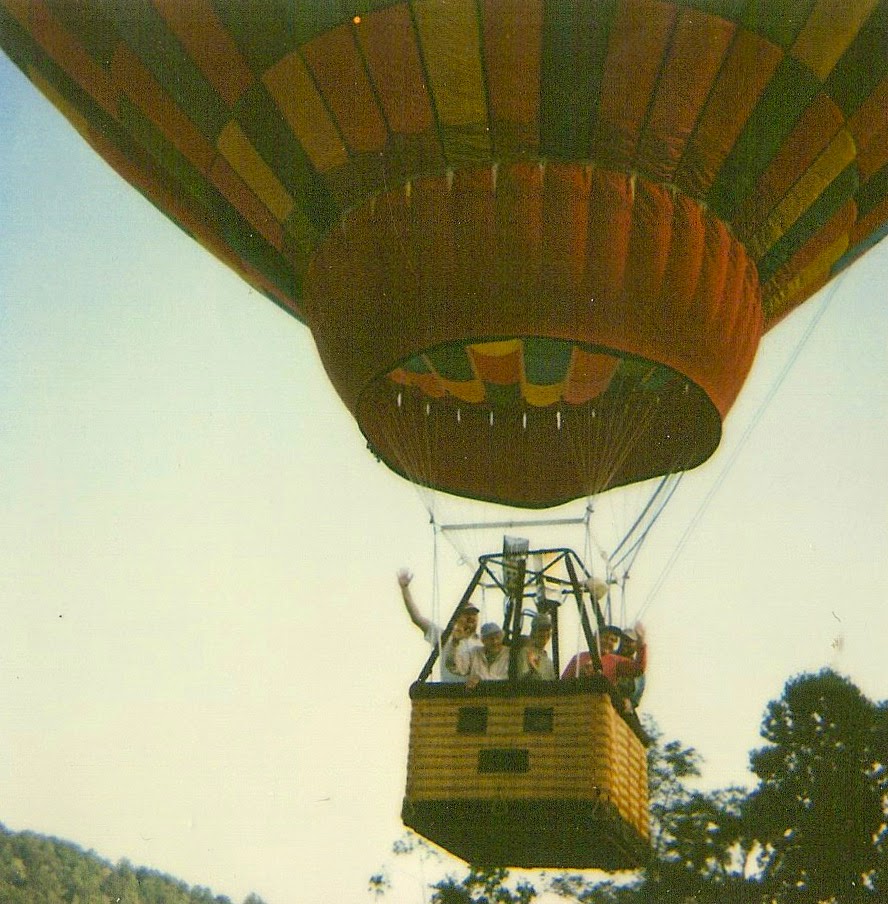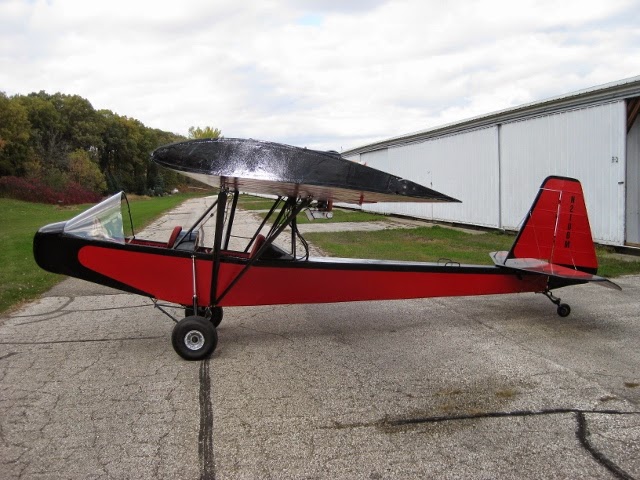That was then (L); This is now (R)
The Cadet fuselage is back from being blasted, inspected and primed from stem to stern. The tubing looked great after nearly 50 years under the old covering. Most of the airport denizens remark that this is an airframe that is really overbuilt, and I agree. To survive training and off-airport landings you need a stout structure and this derivation of the Interstate Cadet has stout in spades.
We've decided on a few tweaks here and there for purposes of safety such as provisions for shoulder harnesses that will bring the airplane up to today's standards.
With the CallAir's wings and tail feathers covered and ready for finishing and the fuselage work underway, what's a fellow to do but enjoy the year-round, open cockpit flying weather here in Florida ...
Woody and I flail the air regularly from the 3000 foot pool table that is Bob White Field, searching for burgers and Barbecue-du-jour amongst those wonderful aviation people who practice that secret art of porcine preparation. One need not go far - there are fly-ins aplenty in our part of paradise and the parking areas always have room for one more.
Come see us.



















































































